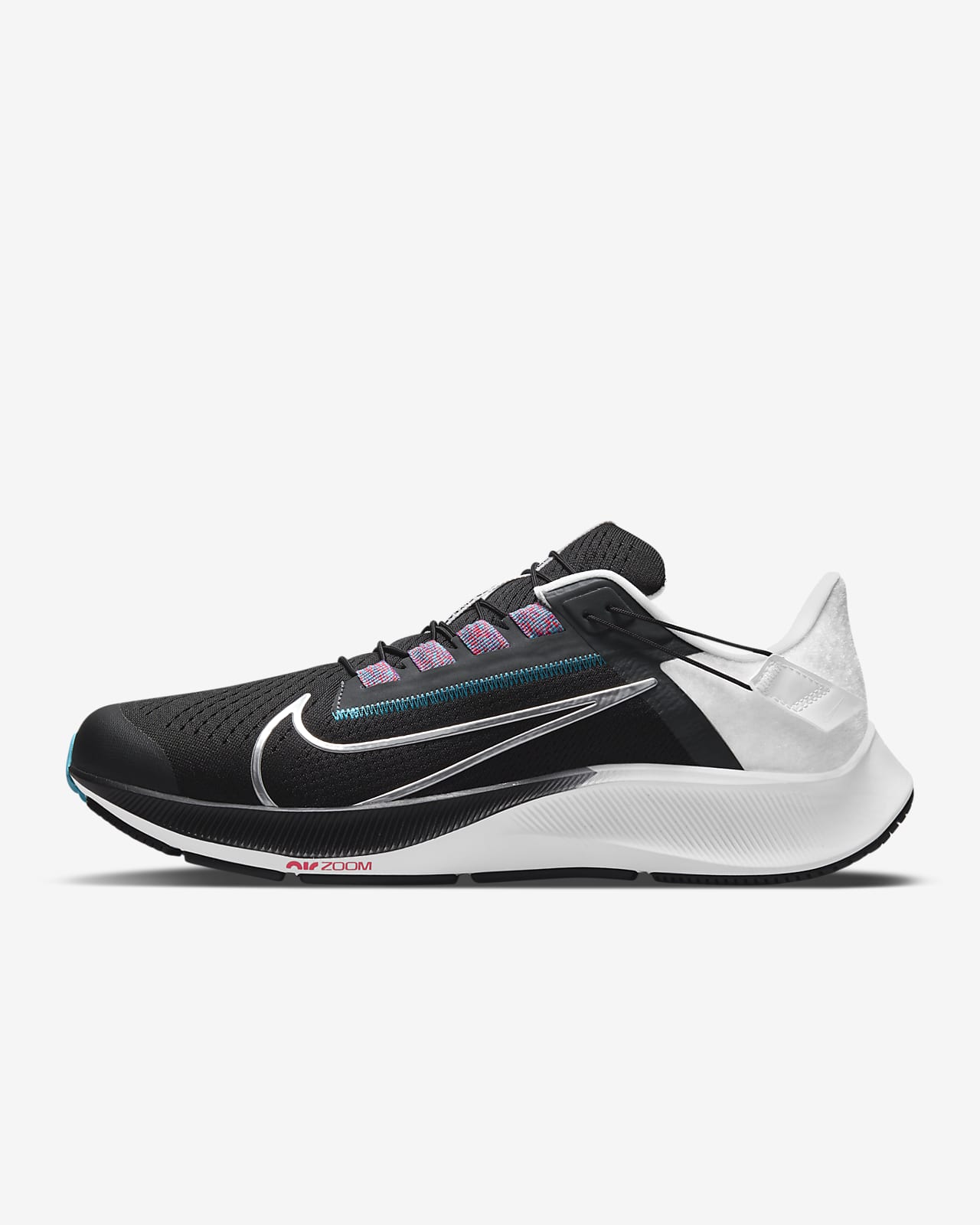
He sent his first adaptive design to Walzer for testing in 2012 which lead to the creation of the FlyEase concept three years later. As a teenager who is striving to become totally self-sufficient, I find this extremely frustrating and embarrassing,” Matthew Walzer wrote in his letter to Nike.ĭesigner Tobie Hatfield, who at the time had been working with Paralympians to tackle similar issues, got in touch with Walzer and started developing prototypes. “At 16 years old, I am able to completely dress myself, but my parents still have to tie my shoes. This revolutionary technology was inspired by a letter from an American student with cerebral palsy sharing his dream of tying shoe laces independently. For comparison, I’ve had a pair of Nike Free RN shoes for a few years and they are a bit of a faff to put on. But whatever your ability I genuinely recommend trying a pair. This whole process takes about 10 seconds and you can even do it one handed.

Instead of tightening the trainer with laces, there’s a toggle adjustment at the front which can be pulled to achieve your perfect fit. The zip pull is secured onto the shoe with Velcro (as seen in the photo above). No-tie lacing is the future, people! I can simply unzip the side of the shoe to open up the whole trainer, place my foot in, and then re-zip it to secure. Unlike your usual lace up trainer, there’s a zip closure on the inner side of the trainer which makes it incredibly easy to put on and take off. Read on for my verdict of the groundbreaking Nike Air Zoom Pegasus 36 FlyEase trainer and some styling inspo…

This revolutionary adaptive technology has been especially welcomed by those with disabilities or injuries who are struggling to put on conventional tie-up trainers.

MY REVIEW OF THE NIKE AIR ZOOM PEGASUS 36 FLYEASE TRAINERįirst introduced in 2015, Nike FlyEase is an easy-entry footwear system designed to help athletes put on and secure their shoes.


 0 kommentar(er)
0 kommentar(er)
